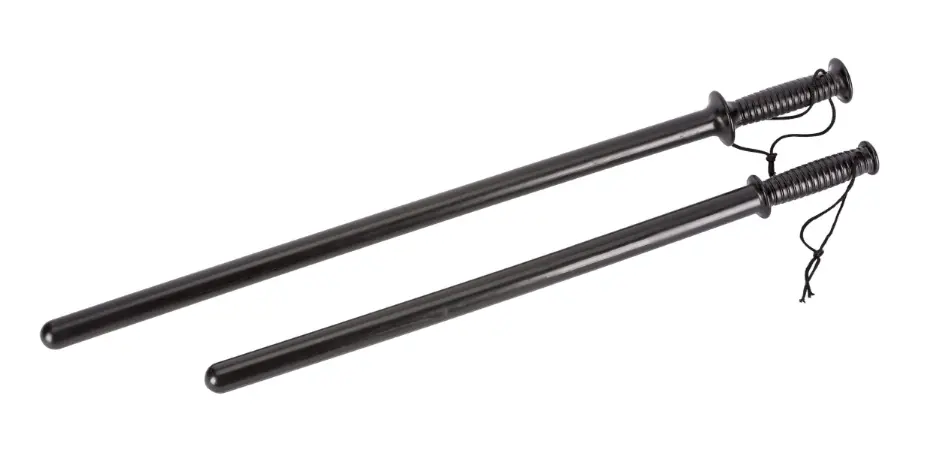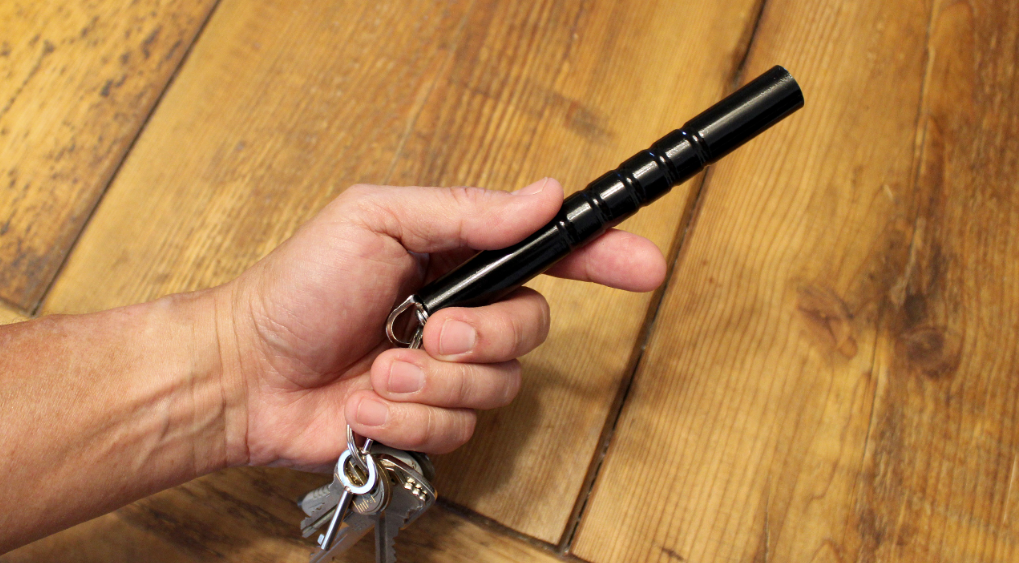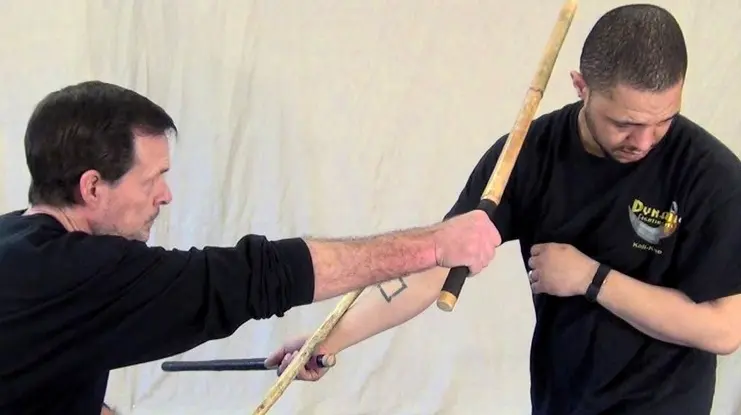In today’s world, personal safety is a paramount concern for many individuals. With the rise of self-defense awareness, various tools and techniques have been developed to help people protect themselves. One such tool is the self-defense stick. This versatile and effective weapon can be used in numerous situations to ensure personal safety. This article explores various self-defense stick techniques that can help you stay safe in any situation.
Introduction to Self Defense Sticks
Self-defense sticks, also known as batons or escrima sticks, are simple yet powerful tools used for personal protection. These sticks can be made from various materials, including wood, metal, and high-impact plastics. Their primary advantage lies in their ease of use, portability, and effectiveness in neutralizing threats.
Benefits of Using Self Defense Sticks
 1. Versatility
1. Versatility
Versatility makes them suitable for different scenarios, whether you are defending against an armed attacker or trying to fend off multiple assailants.
2. Ease of Use
One of the main advantages of self-defense sticks is their ease of use. Unlike other self-defense tools that may require extensive training, self-defense sticks can be effectively used with basic instruction. This makes them accessible to people of all ages and physical abilities.
3. Non-Lethal Protection
Self-defense sticks provide a non-lethal means of protection. While they can deliver significant force to neutralize a threat, they are less likely to cause permanent injury compared to knives or firearms. This makes them a preferred choice for individuals who seek to protect themselves without resorting to lethal force.
4. Portability
Self-defense sticks are compact and lightweight, making them easy to carry. They can be conveniently stored in a bag, car, or even carried on your person, ensuring you always have a means of protection at hand.
Key Self Defense Stick Techniques
 1. Basic Stance and Grip
1. Basic Stance and Grip
Before diving into specific techniques, it is crucial to understand the basic stance and grip for using a self-defense stick. Stand with your feet shoulder-width apart, knees slightly bent, and your dominant hand holding the stick firmly.
2. Striking Techniques
- Forehand Strike: This is a powerful, sweeping strike delivered from the dominant side of your body. Aim for vulnerable areas such as the head, neck, or limbs.
- Backhand Strike: Similar to the forehand strike, but delivered from the non-dominant side. This strike is effective for countering attacks from multiple directions.
- Vertical Strike: A downward strike aimed at the top of an attacker’s head or shoulders. This technique can incapacitate an opponent with significant force.
- Thrust: A direct, stabbing motion aimed at the torso or midsection. This technique is useful for creating distance between you and the attacker.
3. Blocking Techniques
- High Block: Raise the stick above your head to deflect downward strikes or overhead attacks.
- Low Block: Position the stick low to protect against kicks or strikes aimed at your legs.
- Cross Block: Hold the stick horizontally across your body to deflect strikes coming from the side.
4. Disarming Techniques
- Wrist Lock: Use the stick to apply pressure on the attacker’s wrist, forcing them to release their weapon.
- Leveraged Disarm: Hook the attacker’s weapon with your stick and use leverage to twist it out of their hand.
5. Defensive Techniques
- Sweep: Use the stick to sweep an attacker’s legs, causing them to lose balance and fall.
- Push: A straightforward push with the stick to create distance and give yourself room to escape or prepare for another move.
6. Combining Techniques
Effective self-defense often involves combining multiple techniques. For example, you might start with a block to deflect an incoming strike, followed by a counterattack with a forehand strike, and finish with a thrust to push the attacker away.
Training and Practice
To effectively use a self-defense stick, regular training and practice are essential. Consider enrolling in a self-defense class that focuses on stick techniques. Practicing with a partner can also help you simulate real-life scenarios and improve your response time and accuracy.
Legal Considerations
While self-defense sticks are generally legal to carry, it is important to be aware of local laws and regulations. Some regions may have restrictions on carrying certain types of batons or sticks, so always check the legal guidelines in your area.
Conclusion
Self-defense sticks are valuable tools for personal protection. Their versatility, ease of use, and non-lethal nature make them suitable for a wide range of situations. By mastering the key techniques and regularly practicing, you can enhance your ability to stay safe and defend yourself effectively in any situation.
